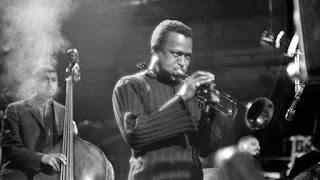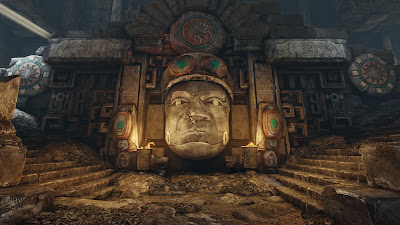Why 1st Ed?
Recently, someone asked why someone who didn't cut their teeth on AD&D 1E would choose that edition over the others. What follows is an account of my personal experience playing RPGs, from my first books to the present day. I think it shows that my "why" has evolved over the years. The first D&D books I ever owned was red box which I got for Christmas when I was 8 years old. I'd been saving up my money to buy it myself, so I was able to use that money to buy the expert blue box. My grandmother noticed my interest, and because she ran a flea market, she was always at auctions and thrift stores looking for bargains, and any time she'd see a D&D book, she'd get it for me, so I quickly ended up with a mish-mash, and by the time I was in 6th grade and running my first long-running campaign, 2nd Ed had just come out, so we were playing a mish-mash of BECMI, 1E, and 2E. The group I played with in high school had gravitated towards 2E--they were just





